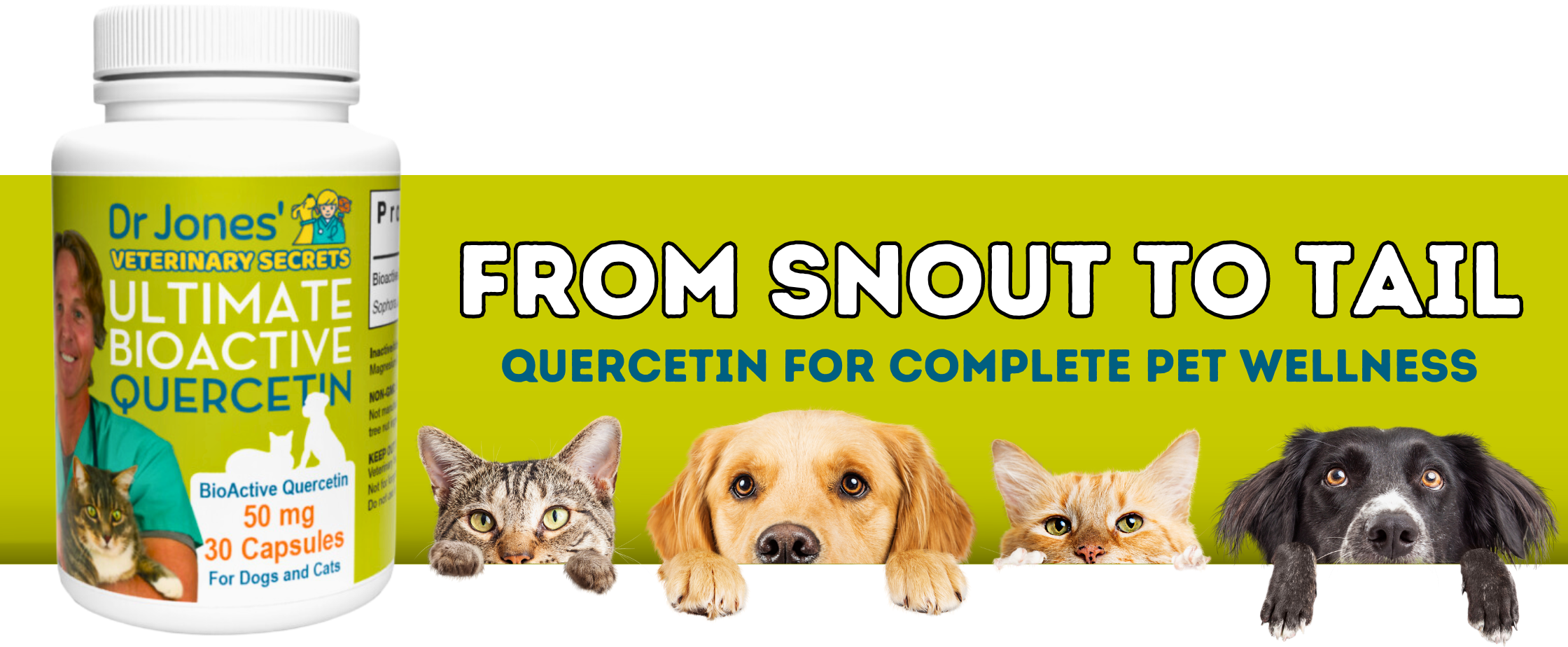How to Stop Your Dog from Itching: 5 Instant Remedies for Itchy Dogs
Treating Your Dog’s Itching: Natural Solutions from Dr. Andrew Jones
If your dog is experiencing extreme itching, hair loss, redness in the groin, paw licking, or recurring ear infections, it’s likely they are suffering from atopic dermatitis, also known as environmental allergies. If you’re looking to deepen your knowledge about natural pet health and wellness, you’ve come to the right place. Subscribe to Veterinary Secrets by clicking the link to stay updated with reliable, natural remedies.
The other day, I was approached by someone while walking down the street. They described their small dog who suffers from chronic environmental allergies, constantly itching, licking, and scratching. They were desperate for a quick solution that didn’t involve a vet visit. This might sound familiar if your dog is suffering too. In fact, over 50% of our dogs have allergies, leading to a multibillion-dollar industry for pharmaceutical companies with products like Atopica, Apoquel, and Cytopoint generating hundreds of millions of dollars. However, these come with costs and potential side effects.
Dr. Jones’ Top Five Remedies to Quickly Stop Your Dog’s Itching
1. Over-the-Counter (OTC) Hydrocortisone Cream
For local areas of inflamed skin, 1% hydrocortisone cream can be a quick fix. It’s a corticosteroid, but its topical use makes it safer and it’s available over the counter. Apply a thin layer to the affected skin areas of your dog, ideally twice a day, and try to prevent your dog from licking it off. It gets absorbed within about 10 minutes.
2. OTC Antihistamines: Benadryl and Cetirizine
Antihistamines block histamine which reduces itching. Benadryl (Diphenhydramine) and Cetirizine, available under the brand names Zyrtec in the US and Reactine in Canada, are common choices. For Benadryl, the typical dosage is 1 milligram per pound of your dog’s body weight, given two to three times a day. Cetirizine is dosed at 0.5 milligrams per pound, usually given once daily.
3. Quercetin: A Powerful Plant Nutrient
Quercetin, found in red onions and apple peels, has clear antihistamine and anti-inflammatory properties, making it beneficial for dogs with allergies. It acts quickly to reduce itching and skin inflammation. It’s safe for long-term use if given at the appropriate dosage, which is generally about 10 mg of quercetin per 10 lbs of body weight daily.

4. Licorice Root Extract
Licorice root extract contains glycyrrhizic acid, a potent anti-inflammatory compound that mimics the effects of corticosteroids. It’s traditionally used to reduce inflammation in various conditions. For dogs with allergies, it can rapidly reduce skin inflammation. The typical dosage is a half milliliter of tincture per 10 lbs of body weight, given twice daily for a maximum of 7 days on, followed by 7 days off.
5. Beta-Sitosterol: A Plant Sterol
Beta-sitosterol has significant anti-inflammatory and anti-itch properties, particularly useful for dogs with atopic dermatitis. A dose of about 20 mg per pound once or twice daily can be effective. It’s commonly found in flaxseed oil, which also provides beneficial omega-3 fatty acids that help reduce itching.
These are my top five fast-acting remedies to help relieve your dog’s discomfort from allergies at home. For more tips and to receive a copy of my free book, make sure to subscribe to Veterinary Secrets, hit the bell for notifications, and click the link in the box below. Thank you for watching, and here’s to a happier, healthier pet!


Hi. My 115# male black mouth cur has env allergies. I’ve been watching ur videos and each time you give different dosages and say these r safe at the proper dosage. So what is the correct dosage n X/day for quercetin, beta sitsterol, licorice root?
Example in one video you say for quercetin 10mg/10#. Another time you say 50mg/15#. For beta s. You said 50mg/20# then you said 20mg/1#. For licorice you said.5 ml/20# then in another video you said.5ml/10#
I want to make sure I’m giving safe but effective amounts Thanks!